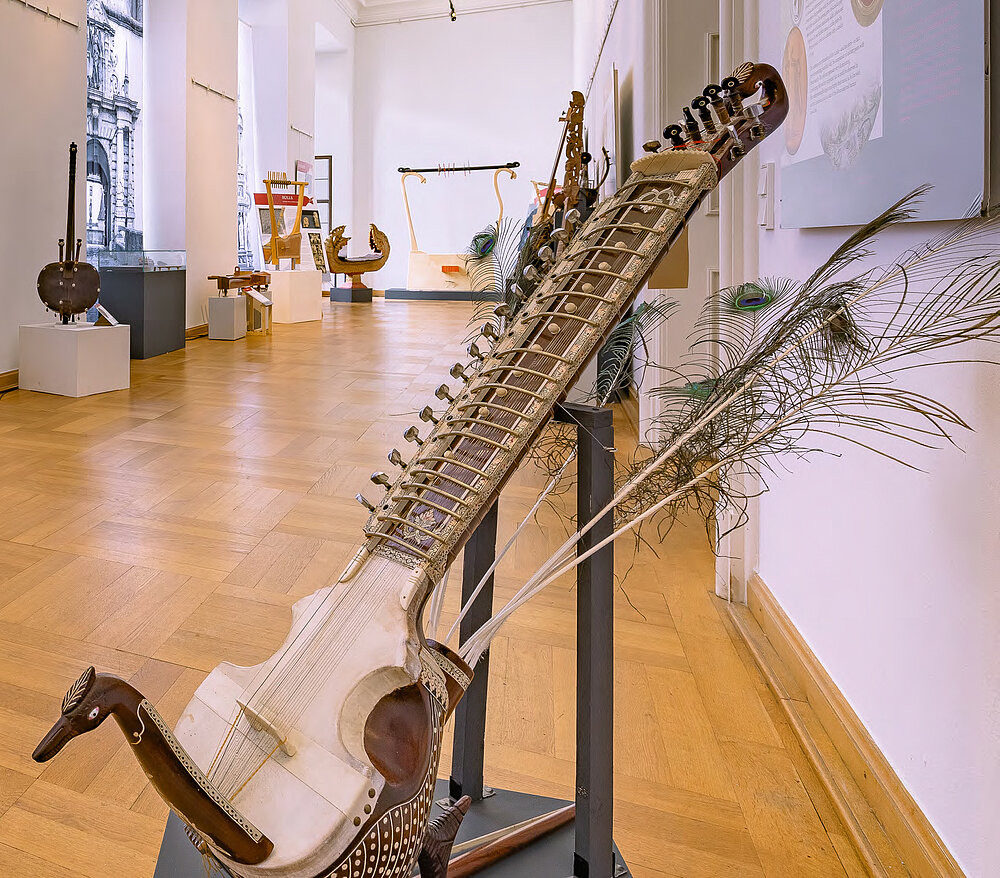Station X: Some Birds

In the paintings of the Upper Paleolithic cave of Lascaux we find the so-called Bird Man, the image of a human with a bird head lying next to a hunted bison. Across the animal lies a spear, below the man a duck on a stick. André Leroi-Gourhan suspected in this scene an incident of mythological nature. It can be assumed that the depiction represents a scene of transition (from adolescent to man, from life to death?). Mixed creatures of bird and man exist in almost all cultures, often symbolizing passages.
The harpies embody the storm winds. In early Greek lore still beautiful women with curly hair and bird wings, they later increasingly become demons who carry the souls of the dead into the underworld at the behest of Zeus. Like the harpies, the sirens usually appear in pairs. Odysseus only describes the seductive effect of the sirens’ song, to which he alone had exposed himself on Kirke’s advice, while his crew was protected by wax plugs in their ears. The sirens lure Odysseus with promises of their omniscience—yet siren song, for example in Plato, becomes a symbol of sexual seduction by women. In the Argonauts epic by Apollonios Rhodios, the singer Orpheus protects the sailors by surpassing the sensual effect of the siren’s song. The early iconography of the sirens as birds with women’s heads is not considered in literary testimonies until late. The origin myth (aition) for the bird figure is told by Ovid in the Metamorphoses in connection with the abduction of Proserpina by Pluto: the daughters of the river god Achelous are said to have searched in vain for their kidnapped friend in Sicily; in order to be able to extend their search to the sea, they were given wings. Since they were not to lose their gift for singing, they retained the female head. Claudian’s late antique Proserpina epic combines both traditions. There the transformed sirens become avengers of their kidnapped friend: with their song, they lure male sailors onto the rocks at Cape Pelorus.
THE PEACOCK’S CRY
Object: Taus/Mayuri Veena, SMM De 536
The peacock is called mayuri in Sanskrit, and taus in Farsi and Urdu; veena is an ancient term for plucked or bowed lutes. Bālasaraswati, the South Indian name of the instrument, consists of the words bāla (child) and the name of the Hindu goddess of wisdom and music. The peacock is her companion animal in South Indian tradition.
The construction and playing of the mayuri veena are closely related to the dilruba and the esraj, which are said to be descended from the taus. While the dilruba and esraj are usually played in the khyal style (a style fused from Hindu and Muslim cultures), the taus is associated primarily with music played by Sikhs. In Sikhism, the invention of the instrument by the sixth guru, Har Gobind (1595–1644), is handed down. Bhai Avtar Singh (1925–2006), an exponent of the Gurmat Sangeet Sikh tradition of Kirtan (Punjab) tells the story in a 2003 interview:
“The Guru and his Sikhs were singing outdoors under a tree enjoying God and nature. As was the old tradition, they were playing some stringed instruments. After a while, the musicians took a rest and leaned their instruments up against a tree. A peacock waddled into the group and cried in the wailing sound that belongs only to the peacock. All the instruments resonated with the peacock cry, and the strings started humming. Guru Sahib liked that ethereal sound so much that he said: ‘Let us make an instrument that sounds like this—a combination of the resonation of all the string instruments and the plaintive cry of the peacock.’ And that‘s how the taus was invented under the supervision of Guru Har Gobind.”






